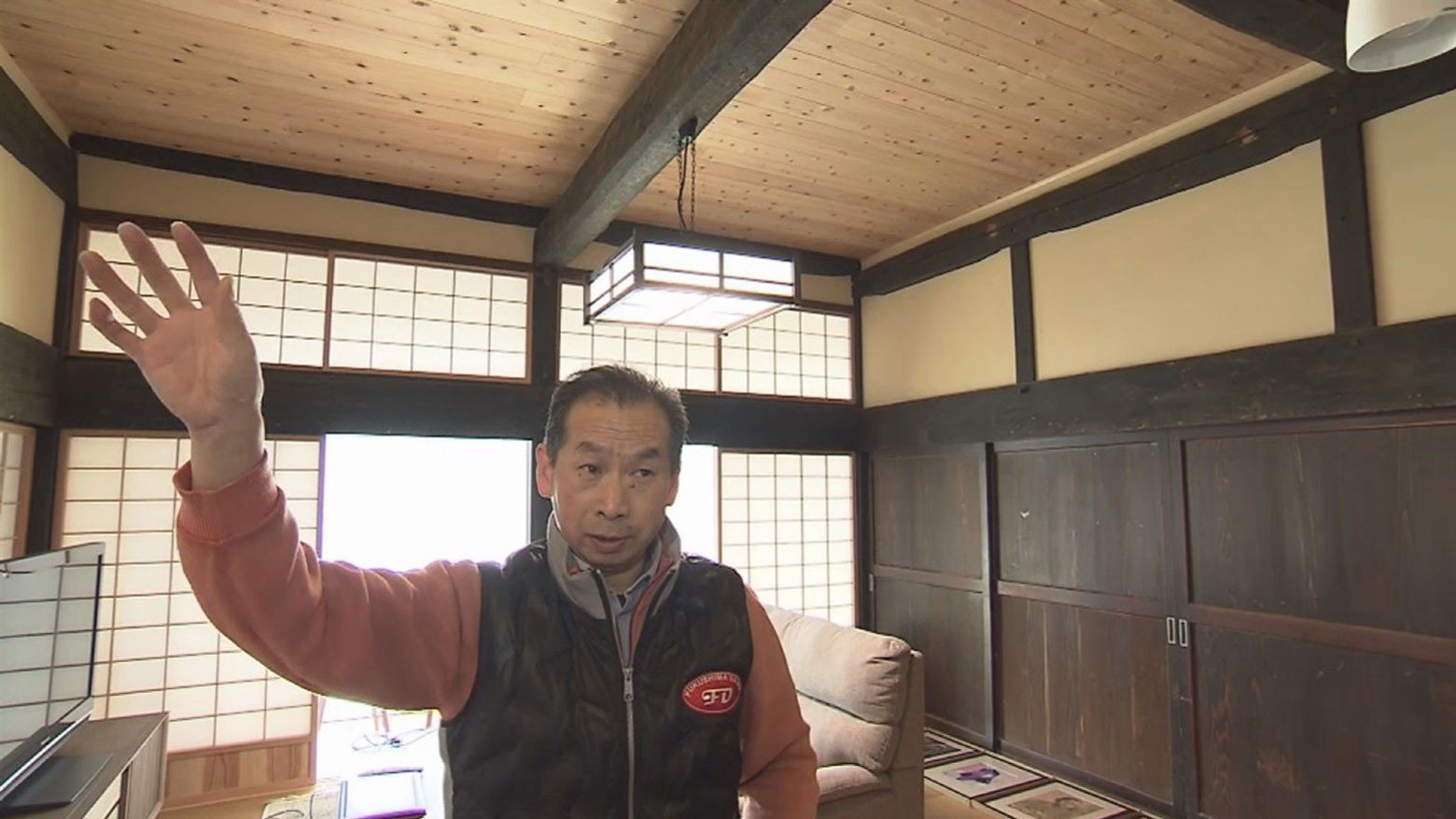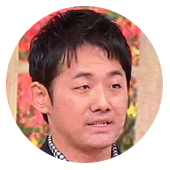With the arrival of spring, Konno is preparing for a new life in his hometown — the Tsushima district of Namie Town. His centuries-old home was renovated last December as it had fallen into disrepair while vacant.
The 63-year-old dairy farmer is a community leader. He has been living in disaster accommodation in Koriyama, Fukushima Prefecture.
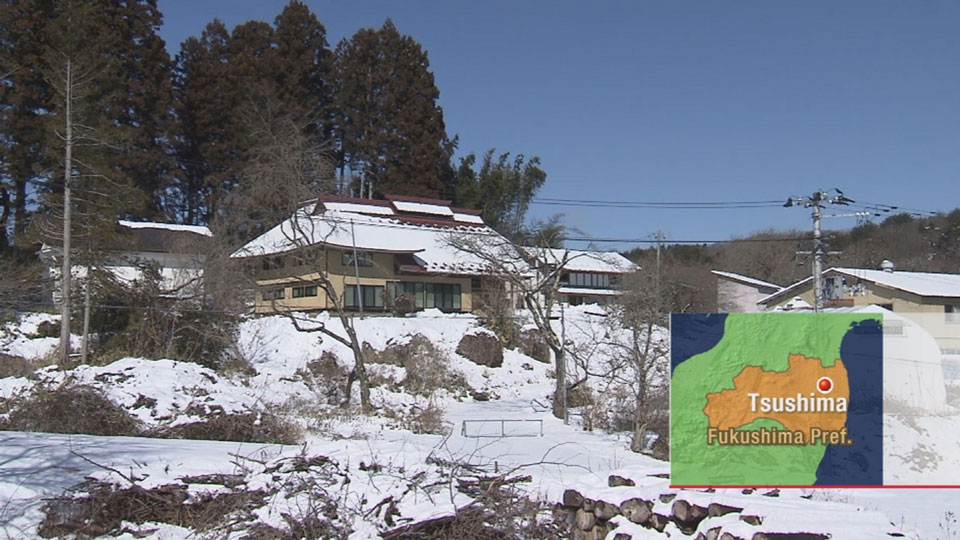
The Japanese government issued an evacuation order for the area northwest of the Fukushima Daiichi nuclear power plant when radiation spread in 2011. The plant was crippled by the Great East Japan Earthquake and tsunami. Those areas remain largely uninhabitable.
But there are small pockets, including where Konno's house is located, where decontamination work is allowing for people's return. In other areas, people can visit their homes but are not allowed to stay overnight.
Konno and some of his neighbors can move back home from March 31.
A custodian of local culture
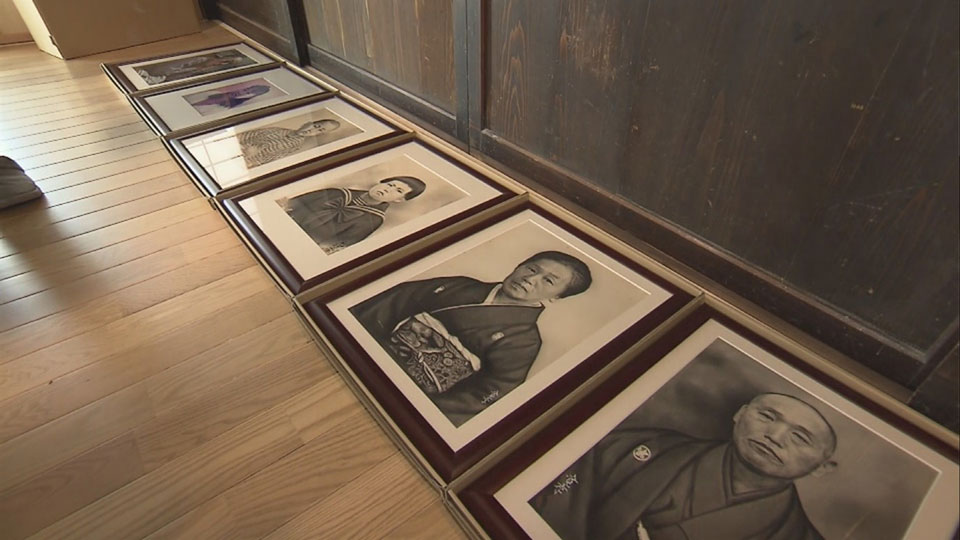
For generations, Konno's family has hosted a traditional dance performed to mark the planting of the rice crop. Participants pray for an abundant harvest in an area which has suffered famines in the past, caused by natural disasters.
During a particularly bad famine in the 18th century, it is estimated that the region's population dropped by about one-third due to starvation and dispersion.
The dance ritual has helped people overcome times of crisis, and deepened community solidarity.

Konno's family home is a symbol of unity and something of a local landmark.
"My ancestors' dedication has preserved this house," says Konno. "So, it would be wrong for me to tear it down."
Moving back home
High radiation levels persist in some of the evacuation zones described as "difficult-to-return."

But in small, specially designated zones, intensive decontamination is underway. Evacuation orders were lifted in some of those pockets last year, with more opening up.
Officials hope that if they wish, all former residents of the wider evacuation zone can return to their hometowns within this decade.
With the passage of time, many people have given up on the dream that Konno keeps alive.
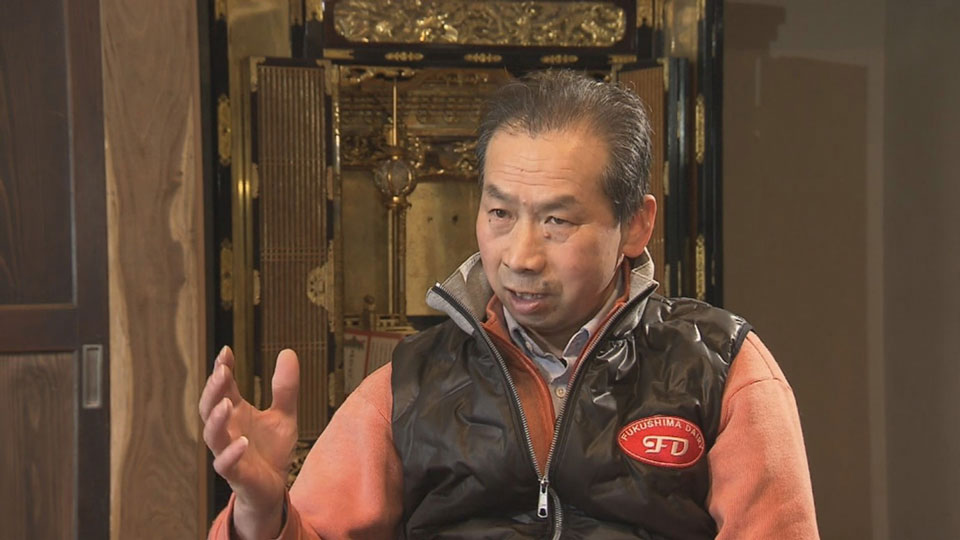
"We were forced to make so many decisions in such a short time," he says.
It has been very difficult. I respect everyone's decision, even those who choose not to come back."
A ray of hope
While Tsushima has lain empty, a group of students from nearby Miyagi Prefecture met with Konno and asked him to teach them the rice planting dance before it faded from memory.
Some of his old neighbors who were scattered around in other housing were able to reunite for the learning sessions that have been underway since August last year.
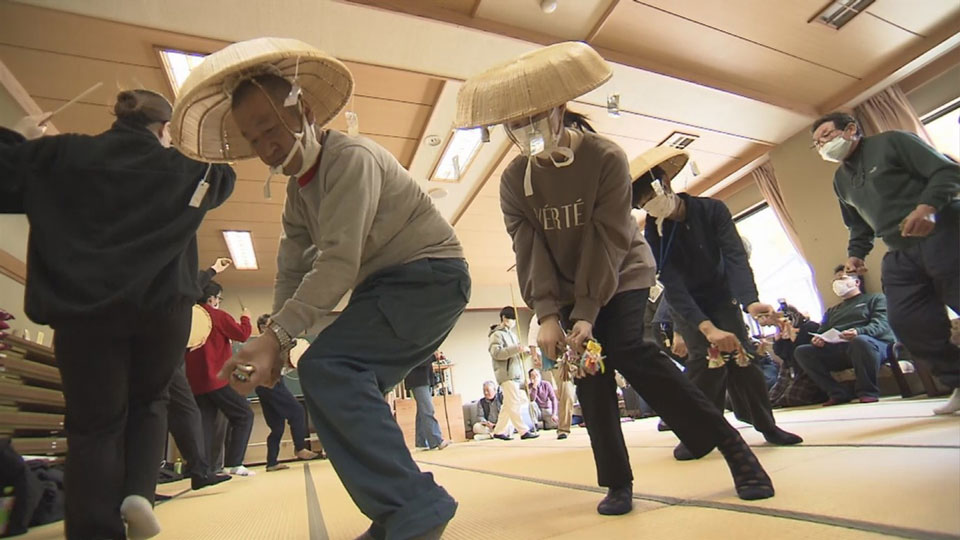
Most were close to giving up on passing the tradition to the next generation. But the events were filled with joy as the evacuees relished the opportunity to teach the young people. It was just like the old days at Konno's house.
One of the students was Konno Minobu, 20, who was born in Tsushima. Fascinated with the dance since childhood, she wants to keep the tradition alive.

Minobu has been interested in reviving the dance since high school.
At Tohoku Gakuin University, she studies under a folklore expert who helped her launch it as a special project last April.
"First, we will learn these skills from community members until they can return to their hometowns. And then we will preserve this dance … until we can eventually return it to them," she explains.
A lonely return
Konno is among less than 10 residents planning to move back to Tsushima this spring. It was once home to around 1,400 people.
He still believes in his community: "Someone might pass by and say, 'Oh, you're back! Can I come and visit with my family?' That's what I want to happen. I'm happy if it makes them want to return not once a year, but twice a year — or even once a week."
Watch Video 04:00
Konno is launching a new chapter in his life and hopes he can pave the way for others to follow him home.
